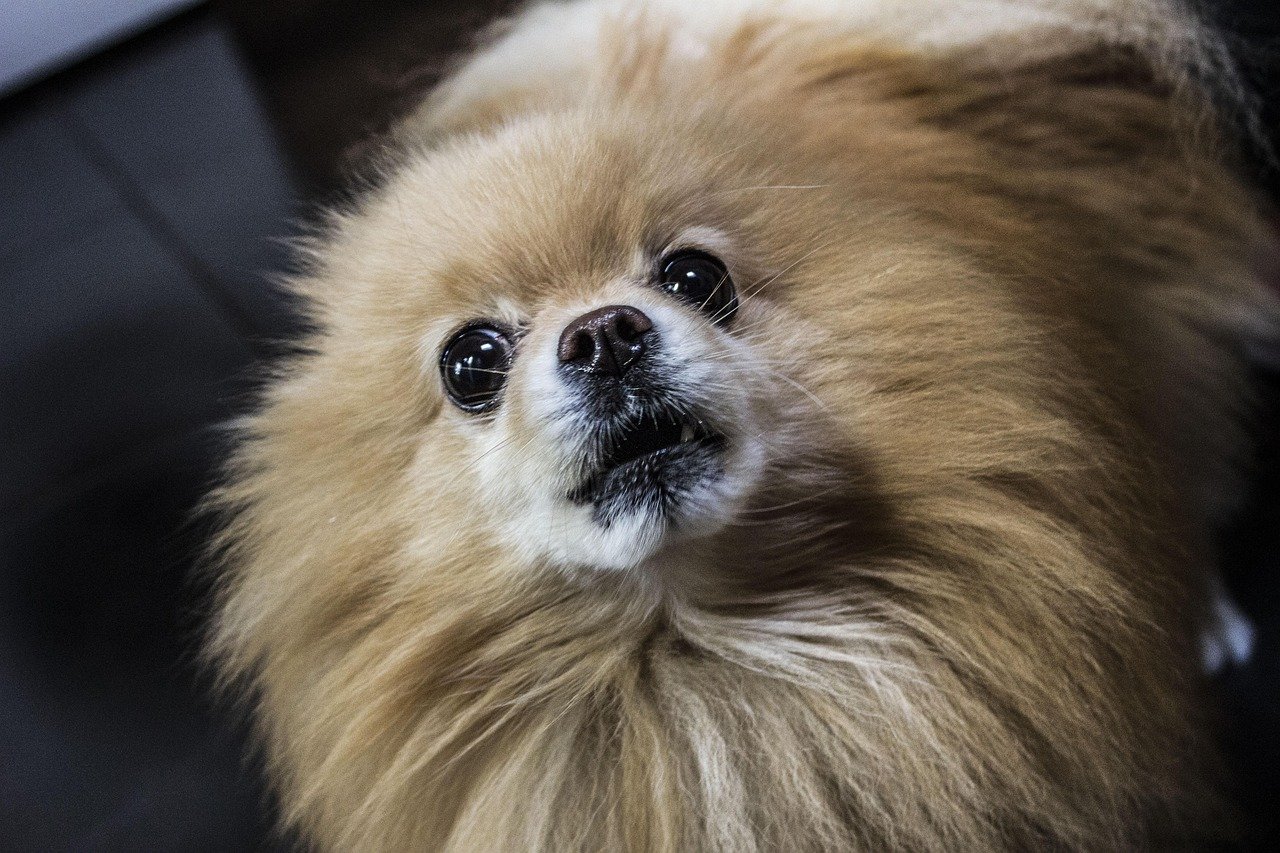Walking your dog should be a pleasant and bonding experience, but when your furry friend shows aggression toward strangers, it can quickly become stressful. This behavior is not uncommon, and many dog owners face this challenge. Understanding the reasons behind your dog’s aggression and learning how to manage it can make walks enjoyable for both of you. Whether it’s fear, territorial instincts, or lack of socialization, pinpointing the cause is the first step to finding a solution. With patience, training, and the right approach, you can help your pup feel more at ease and turn stressful walks into positive experiences. Let’s explore some practical strategies to address this issue.
Understanding the Root Causes of Aggression

Dogs may exhibit aggression toward strangers for various reasons. It could be due to fear, lack of socialization, or a protective instinct. Some dogs may have had negative experiences in the past, which cause them to react aggressively. Recognizing the underlying cause is the first step in addressing the behavior. Observing your dog’s body language can offer clues; for instance, a stiff body or raised hackles often indicate stress or fear. Remember, aggression is often a dog’s way of communicating discomfort or unease.
The Importance of Early Socialization
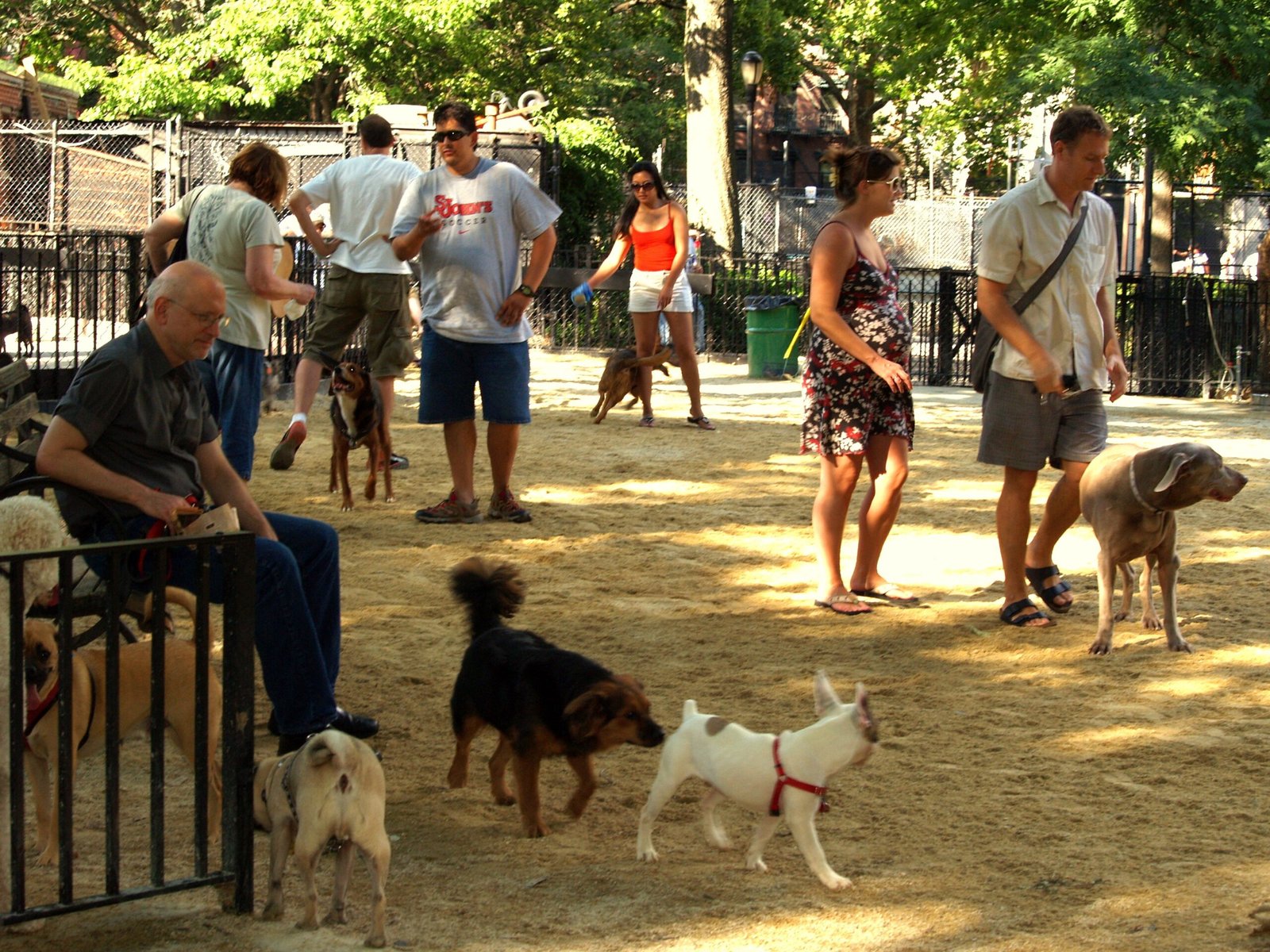
Socialization plays a crucial role in a dog’s behavior. Introducing your dog to different people, environments, and situations from a young age can help reduce aggression. If your dog is older, don’t worry—it’s never too late to start. Begin by gradually exposing your dog to different people in controlled environments. Rewarding calm behavior with treats and praise can encourage positive associations. Socialization should be a positive experience for your dog, so patience and consistency are key.
Using Positive Reinforcement Techniques

Positive reinforcement is a powerful tool in modifying a dog’s behavior. When your dog remains calm around strangers, reward them with treats, affection, or praise. This approach encourages them to associate strangers with positive outcomes. Consistency is vital; ensure everyone involved in your dog’s training uses the same techniques. Avoid punishing aggressive behavior, as this can increase anxiety and worsen the aggression.
Training Commands for Better Control

Teaching your dog basic commands can help manage aggression. Commands like “sit,” “stay,” and “leave it” can redirect your dog’s attention and prevent aggressive outbursts. Practice these commands in various situations to ensure your dog responds reliably. Start in a quiet environment and gradually introduce distractions. Reinforce successful obedience with rewards, and remember, patience is essential when training your dog.
Leash Training and Walking Strategies
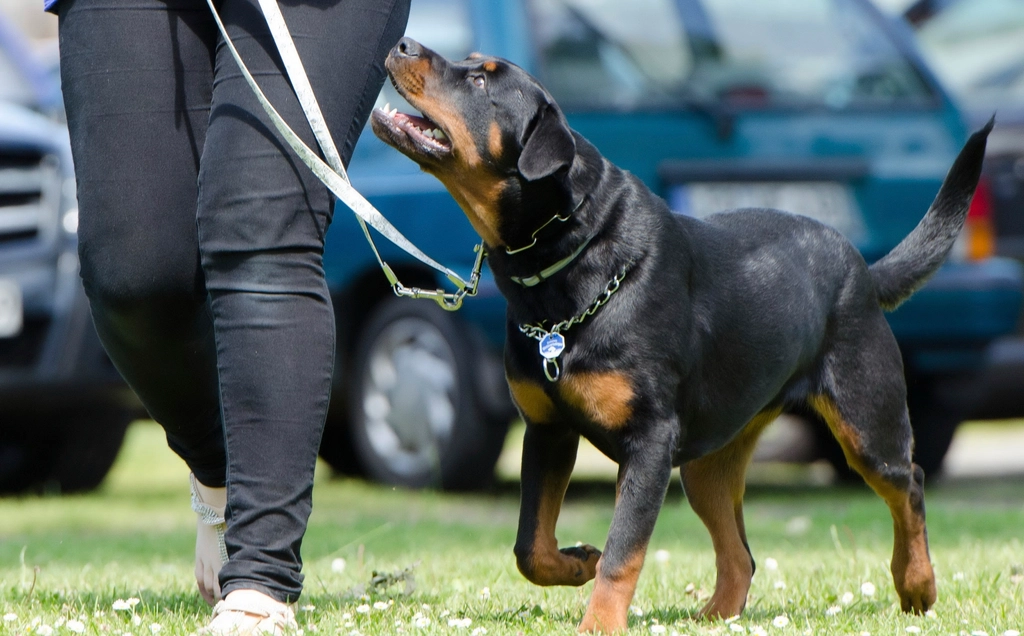
Leash training is especially important for dogs that show aggression. A short, controlled leash can prevent your dog from lunging at strangers. Practice walking your dog in low-traffic areas before progressing to busier locations. Keep your dog focused on you with treats or toys. If you see a stranger approaching, create distance or change direction to avoid confrontations. This proactive approach can help prevent aggressive incidents.
Understanding and Managing Triggers
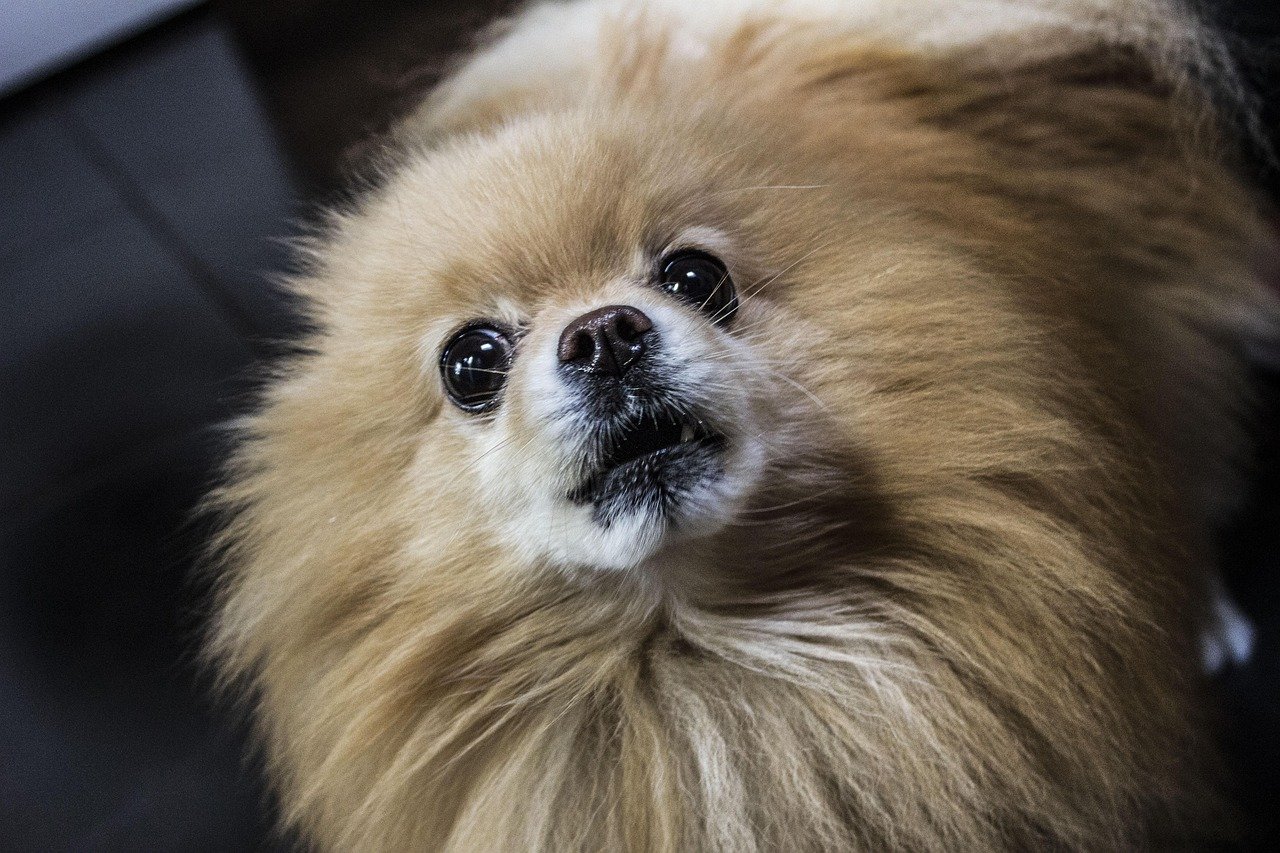
Identify what triggers your dog’s aggression. Is it certain types of people, specific locations, or unexpected movements? Understanding these triggers allows you to manage situations better. Gradually expose your dog to these triggers in a controlled way, rewarding calm behavior. Over time, your dog may become desensitized to the trigger, reducing aggressive reactions. It’s a gradual process, so patience and persistence are crucial.
Seeking Professional Help
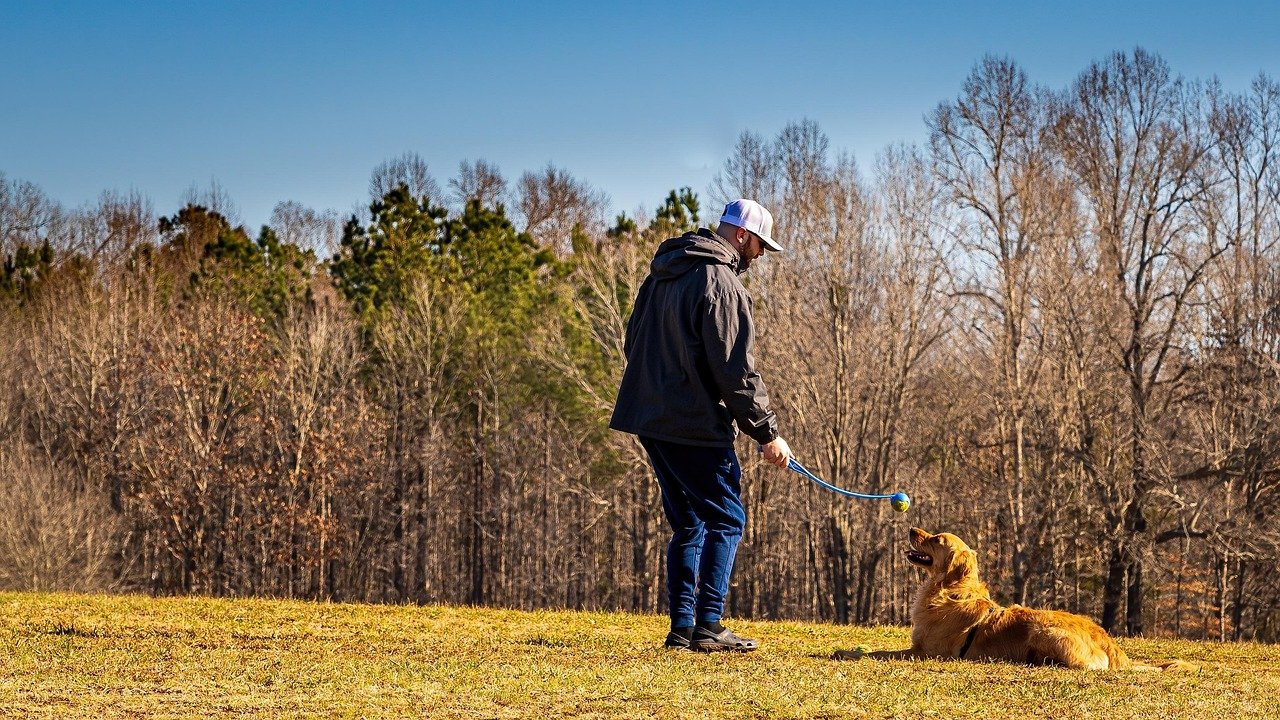
If your dog’s aggression is severe or you’re struggling to manage it, seeking professional help is wise. A certified dog trainer or a behaviorist can provide personalized guidance and strategies. They can assess your dog’s behavior and recommend a tailored training program. Professional help can be invaluable, especially if you’re feeling overwhelmed or unsure about how to proceed.
Maintaining Calm and Confident Behavior
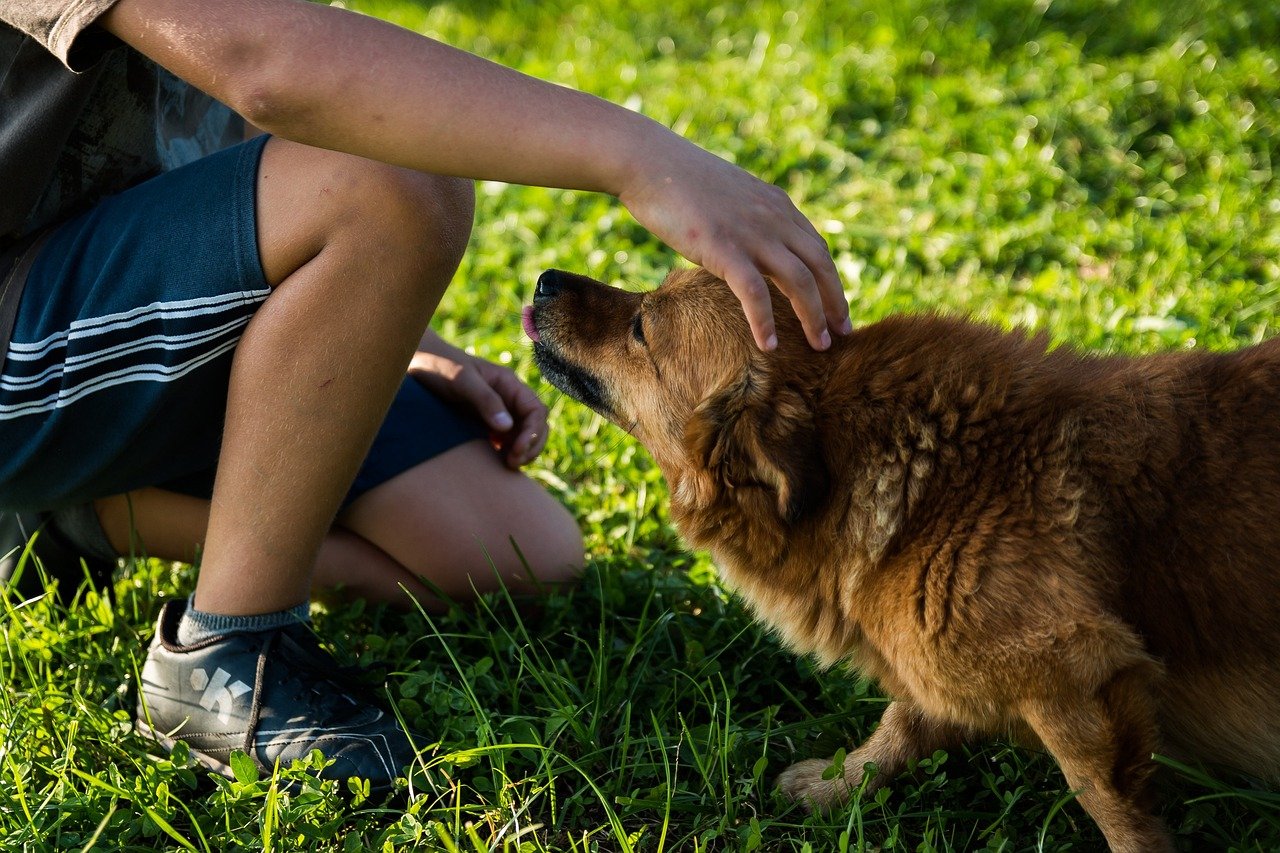
Dogs often pick up on their owners’ emotions. If you’re anxious or nervous, your dog may become more agitated. Practice staying calm and confident during walks, even in the face of aggression. Use a steady voice and relaxed body language to reassure your dog. Your demeanor can have a significant impact on your dog’s behavior, helping them feel more secure and less aggressive.
The Role of Routine and Consistency
Establishing a routine can provide your dog with a sense of security. Regular walks at the same time each day can help your dog know what to expect. Consistency in training and handling also reinforces good behavior. Dogs thrive on routine, and a structured environment can reduce anxiety and aggression. Make sure everyone in the household follows the same rules and training methods.
Patience, Persistence, and Progress
Dealing with dog aggression toward strangers takes time and effort. Progress may be slow, and setbacks can occur, but persistence is key. Celebrate small victories and remain patient with your dog. Every dog is unique, and what works for one may not work for another. Keep adapting your approach and remain committed to helping your dog become a well-behaved companion.
In summary, addressing dog aggression toward strangers requires understanding, patience, and consistency. By employing the right strategies, you can help your dog become more comfortable and confident during walks, ultimately making the experience enjoyable for both of you.
Jen is a passionate nature lover and ocean conservationist. She has dedicated her life to protecting the environment and preserving the beauty of the natural world. Growing up in a small coastal town, Jen sincerely appreciated the ocean and its inhabitants. She has spent countless hours exploring the shoreline, learning about the creatures that inhabit the waters, and advocating for their protection. Jen is an active member of ocean conservation organizations, and she is committed to educating the public about the importance of conserving wildlife and the natural environment.

